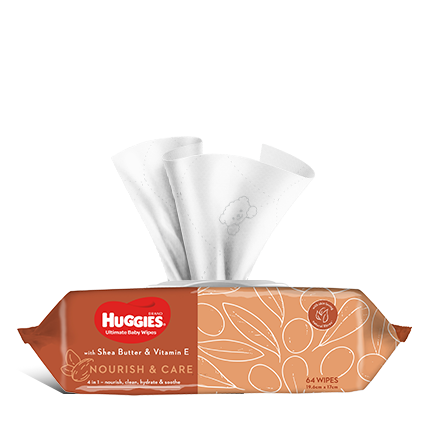A child with a fever is a parent’s worst nightmare. Sleepless nights, cranky moods are just a few things that a feverish child may bring to the home. But how do you know what is the safest option for your child, in the right dose?
You’ll find the selection of over-the-counter (OTC) pain relief for children at your local pharmacy is restricted to ibuprofen or Paracetamol, although once you include the huge array of different strengths and product forms there are more than enough products to choose from. Both appear to be equally effective and are very safe, though in Australia paracetamol is slightly more favoured of the two. Paracetamol can be given from the age of one month; ibuprofen from three months. Aspirin should never be provided to children under the age of 16.
How safe are they?
Independent consumer group CHOICE tells us that paracetamol is still the pain relief of choice for reducing pain and fever – mainly due to its proven track record over decades. However there’s still a very real risk of poisoning through overdose, causing jaundice, liver failure and death.
Ibuprofen for children has become more popular over the last decade, although some children will find they experience side effects such as gastrointestinal upset, NSAID-induced asthma and kidney problems, especially if a child is dehydrated (from vomiting, diarrhoea and/or not drinking enough).
The good news is that the risk of overdose or adverse side effects from OTC pain relief is generally very low if they’re used correctly. Following CHOICE’s safety tips will help you avoid those risks.
Using pain relief safely
When giving fever or pain relief to babies and children, follow these tips to be safe:
- Use the right product, strength and dose for the child’s age and weight. Recommended doses, according to the child’s age and weight, are given on the product packaging. Different rules apply to very overweight children – see below.
- Different products, and different forms of a product, may vary in strength, so always read the package carefully for the dosing instructions specific to the product you’re giving.
- Don’t keep giving the pain relief for more than 48 hours unless specifically advised to by a doctor.
- Use the measure provided – or if there isn’t one, a metric medicine measure – to pour the dose.
- Make sure the bottle cap is on securely after use, and keep it in a safe place out of the reach of children.
- Check labels of all medicines, as paracetamol or ibuprofen can appear as an ingredient in a variety of medications (like cough syrup) and you don’t want to double up.
- If you don’t know how to measure or use a product, or if you don’t understand the label, ask your pharmacist for help.
CHOICE has extensive free information for parents on safe ways to administer fever and pain relief to your children, recommended doses by your child’s age and weight as well as useful tips on using analgesia to reduce fever. Find out more from CHOICE about children and painkillers.
Last Published* May, 2024
*Please note that the published date may not be the same as the date that the content was created and that information above may have changed since.




















